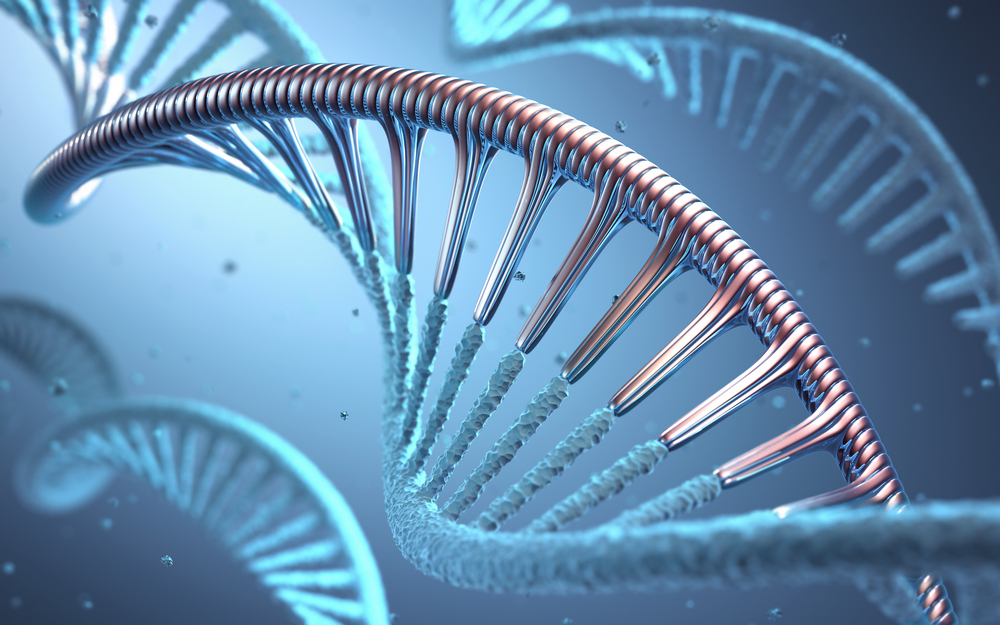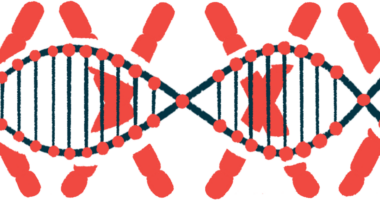Researchers Hope New Insights into RNA Clean-up Will Lead to Targeted MD Therapies
by |

Researchers have developed a new method that measures the effectiveness of a cleaning process that rids defective RNA from cells. But in muscular dystrophy (MD), an imperfect RNA is better than none at all in the production of protein, which is needed for muscle function.
Now researchers say they have identified a chemical that weakens the cleaning mechanism, which would help MD patients.
Gaining control over this process could also benefit patients with other diseases, such as amyotrophic lateral sclerosis (ALS) and cystic fibrosis. The study, “Inhibition of nonsense-mediated RNA decay by ER stress,” was published in the journal RNA.
In muscle cells and all living cells, DNA is first converted to RNA (ribonucleic acid), also called messenger RNA. Then RNA is converted to proteins that are needed for proper muscle function. Cells also contain a cleaning process called nonsense-mediated RNA decay (NMD) that clean up defective or junk RNA so it won’t be converted into an abnormal protein that could lead to disease.
Because genes are mutated in patients with muscular dystrophy, the NMD mechanism can scrub away the RNA, resulting in a loss of proteins. A drug that tones down the cleaning process would be a useful therapy approach, since a defective RNA could still produce a partly functional protein, which would be better than no protein at all.
Sika Zheng, an assistant professor of biomedical sciences at the University of California — Riverside, and his team have developed a method that can measure the activity of the RNA cleaning process. In the same study, they also searched for different chemicals that could dampen or boost the activity of this mechanism.
“Our method can screen a host of chemicals and allows us to identify molecules that regulate this efficiency,” Zheng said in a press release. “We have already identified thapsigargin as a molecule that indirectly and robustly inhibits NMD.”
Thapsigargin is an experimental drug used in research to study cell functioning. It may also show promise as a potential treatment for certain cancers and might be a useful tool in additional research of the NMD mechanism.
“Our method is far easier and more sensitive, and for the first time can make measurements in all kinds of samples,” Zheng said. “This is essential for drug screening. We are going to screen a larger library of chemicals to identify molecules that either boost or weaken NMD, which should help develop better and more targeted drugs for treating ALS, muscular dystrophy, and cystic fibrosis.”







